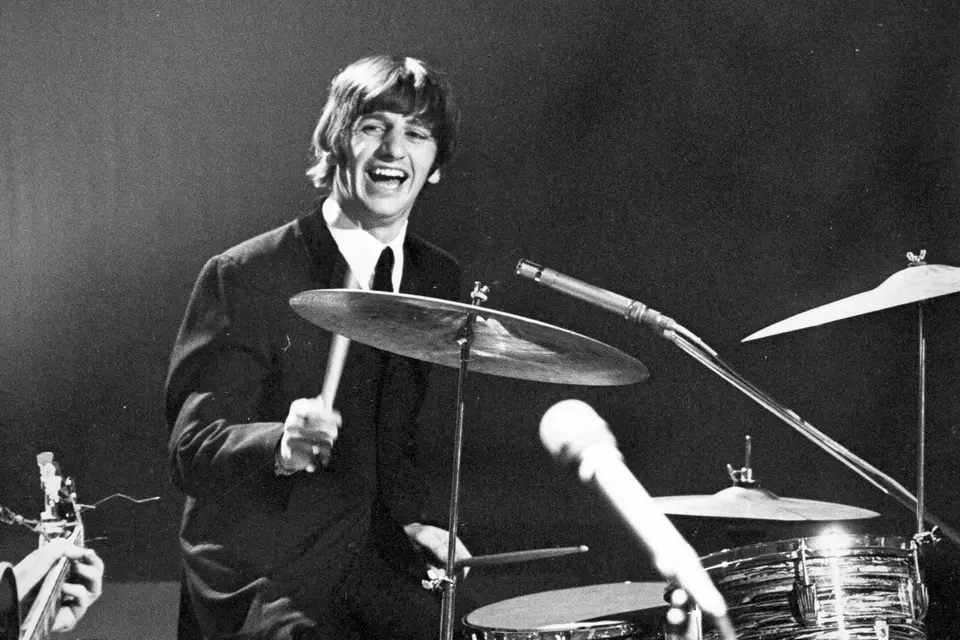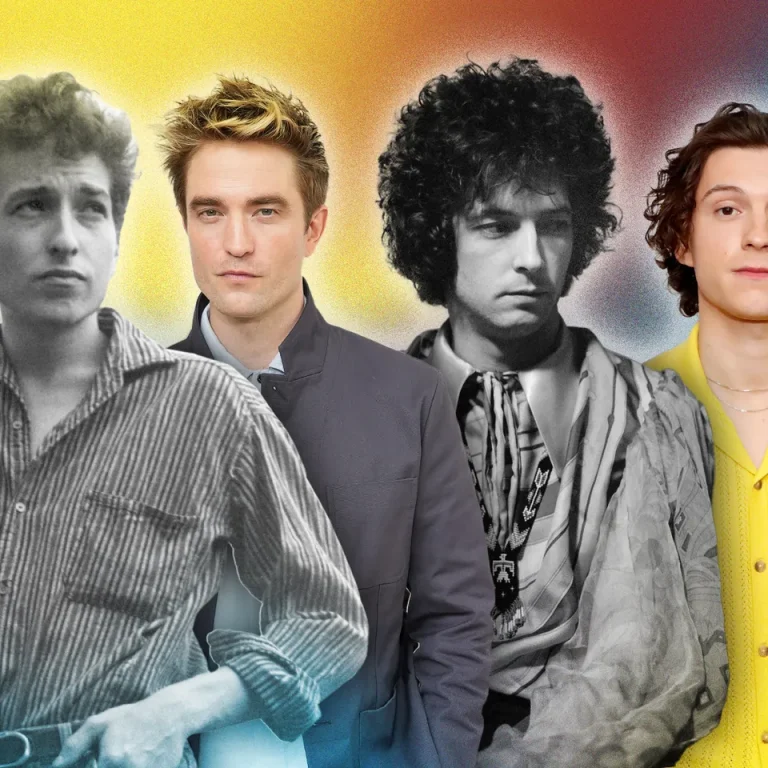
Ringo Starr’s early exit from the Maharishi Mahesh Yogi’s ashram in 1968 reflected both his individuality and practicality. Often viewed as the least spiritual Beatle, Starr’s decision was less about cynicism and more about health and comfort. His sensitive stomach, the result of a sickly childhood, couldn’t handle the ashram’s food, and his wife Maureen’s aversion to the constant insects sealed their departure after just two weeks. The episode captured Ringo’s grounded, human nature—someone less concerned with mysticism and more with simple, lived experience.
In Tom Doyle’s revealing biography, Starr emerges as far more than just “the drummer.” He is portrayed as the band’s relatable everyman, a skilled musician who brought professionalism and humour to a group often mythologized for its genius. While Lennon, McCartney, and Harrison were lauded for their songwriting and mystique, Ringo embodied warmth and spontaneity, becoming the most approachable Beatle. His charm and wit made him a beloved public figure, bridging the gap between the band’s brilliance and the audience’s affection.
One of the book’s key insights is how Starr’s seemingly light-hearted personality masked a deep emotional intelligence. His famous “peace and love” mantra wasn’t a hollow slogan—it was a sincere expression of his worldview. Beneath his playful exterior, Ringo valued harmony, humility, and optimism, qualities that helped steady the Beatles through creative tensions and fame’s pressures. Doyle’s account reframes Starr not as a peripheral figure, but as a moral and emotional anchor for the group.
Since his rehabilitation in 1988, Ringo has transformed into a model of health and discipline, embracing a lifestyle that matches his spiritual mantra. Clean living, meditation, and moderation replaced the excesses of the rock era. He’s even said to enjoy a diet of seeds and greens, the kind of mindful simplicity that contrasts sharply with his earlier days of chaos. This shift shows how Starr’s spiritual curiosity, first sparked in India, matured into a lifelong pursuit of balance and wellbeing.
Ultimately, Doyle’s biography repositions Ringo Starr as an essential creative force who shaped the Beatles’ sound and spirit. His steady drumming grounded their music, while his personality unified a group prone to ego and experimentation. What made Ringo remarkable wasn’t just his rhythm—it was his ability to embody joy, peace, and humility in a world that often celebrated the opposite. Through that quiet strength, he became, in his own understated way, the heart of the Beatles.




